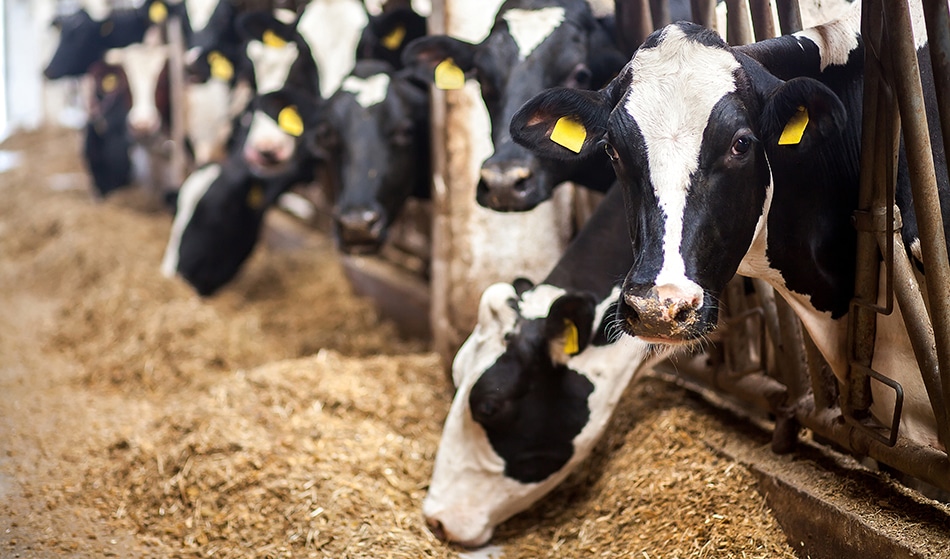ASTM E3206 Contaminant Detection in Agricultural Products
The ASTM E3206 standard is a critical tool used by laboratories to detect contaminants in agricultural products. This method ensures the safety and quality of food, feed, and other agricultural goods before they reach consumers. By using this standardized approach, we can identify potential hazards such as mycotoxins, microbial pathogens, heavy metals, pesticides, and other harmful substances that may compromise the integrity of these products.
The testing process involves several key steps which ensure accuracy and reliability. Specimens are first collected from various sources within agricultural supply chains. These samples can include raw materials, processed feeds, grains, seeds, or any other relevant material used in animal feed production. Once collected, the specimens undergo rigorous preparation procedures including homogenization, dilution if necessary, and appropriate preservation measures to maintain sample integrity.
Instrumentation plays a crucial role throughout this process; it allows us to analyze samples quantitatively and qualitatively according to ASTM E3206 guidelines. For instance, high-performance liquid chromatography (HPLC), gas chromatography-mass spectrometry (GC-MS), and atomic absorption spectroscopy (AAS) are commonly used techniques in our laboratory to detect different types of contaminants.
After analysis, results must adhere strictly to acceptance criteria specified by ASTM E3206. This means that any detected levels of contaminants need to fall below established thresholds deemed safe for human consumption or animal use. If超标





